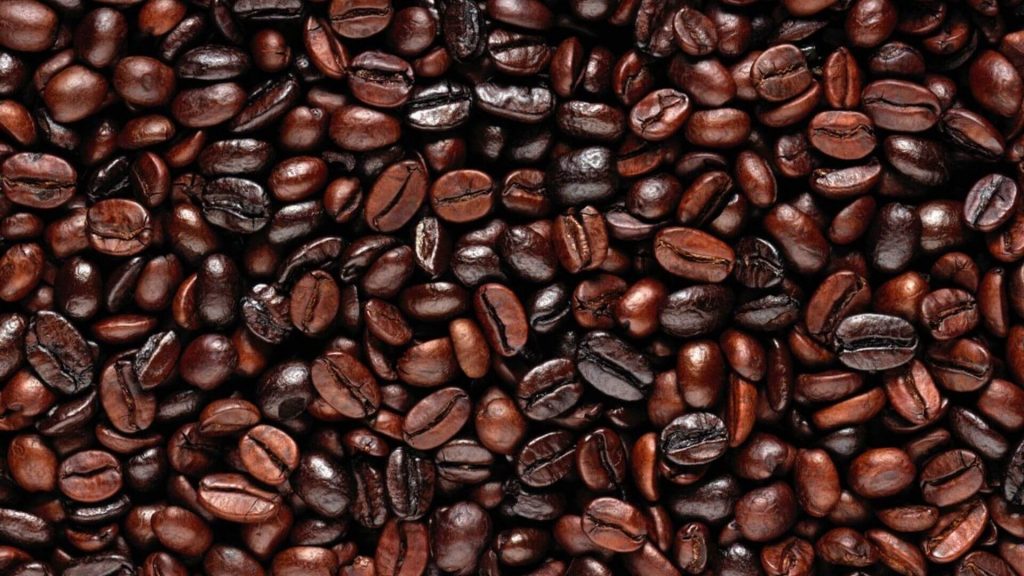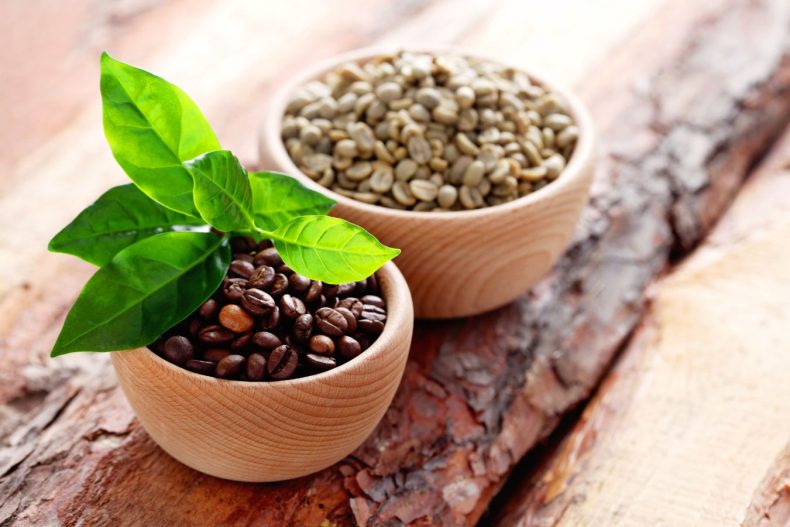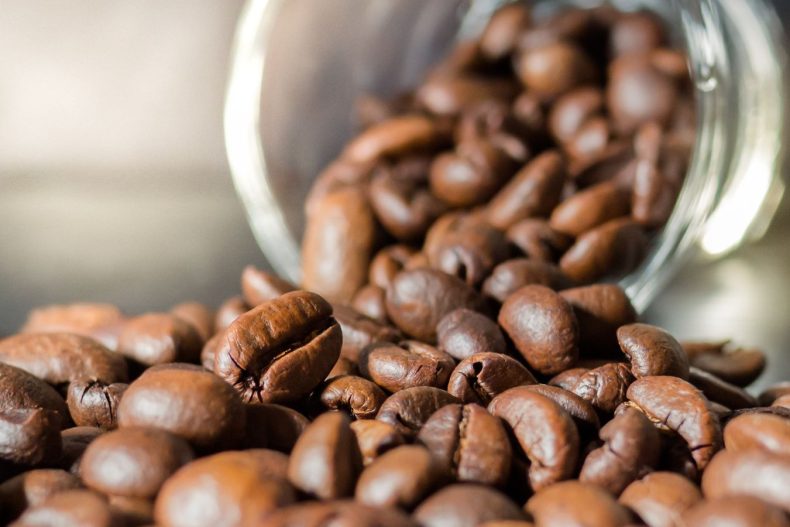
Roasting Coffee Made Simple: Many people nowadays learn and choose to roast their coffee at home. Roasting coffee may appear to be a simple task, but it involves various techniques and the performer’s imagination to produce a good and round cup of coffee.
Unlike creating a sophisticated cuisine with many spices that require remembering the order of seasoning, roasting coffee appears to be more straightforward in terms of ingredients but requires the roaster to pay attention to every detail about ripeness, color, flavor, and so on.
So what do you need to know to roast your first batch of coffee? Let’s take a look at some general information so that you can master some pieces of knowledge and roasting coffee made simple at home.
Why should we roast coffee?
Coffee beans are not consumed since they have a highly bitter taste, a lot of sour acids, and no scent. Thus, they are ground into powder and used to produce drinks. The potential aroma, bitterness, and aftertaste of coffee beans are only revealed when roasted. As a result, the coffee roasting procedure is critical in determining the quality of the end product.
Coffee bean transformation during roasting
The scent of raw coffee beans is almost like beans or grass when they are green; only after they are roasted do the substances and flavors begin to stimulate release. The conversion of coffee beans to taste with a wide range of qualitative changes, including:
- The color shifts from green to yellow to brown to black.
- The grain size nearly doubles while the mass is reduced by almost half, and the grain becomes more porous.
- Flavor molecules occur in 800 to 1000 tastes and gradually diminish with roasting time.
- When coffee beans emit steam and other gases, they make a cracking sound.
To make things easier to understand, we will categorize roasted coffee into three categories of roasting:
– Cinnamon roast – Light Roast
– Medium Roast / American Roast, City Roast
– Dark Roast / Full City Roast, Vienna Roast, French Roast, Italian Roast
Light roast
Light roasting is when coffee is removed from 195oC to 205oC as soon as the first crack develops (385oF to 400oF).

This roast is typically used for Cupping since the beans retain their original flavor (green beans flavor) and have not been altered by the roasting process (roasted beans flavor). When we test the seeds at this roast level, we will notice flavors of fruits and beans and more sour, sweet, and very little bitterness.
Medium / Medium Roast

A medium roast is a time between two spurts of coffee. The seeds have discharged a certain quantity of oil (lipids) on the surface at this time, and the acidity is somewhat negative, but the original qualities have been kept. A Medium roast is appropriate for sipping Espresso due to its average balance. Acidity is balanced with mellow caramel and a subtle body.
Dark Roast

Dark roast is a broad stage of roasting coffee beans, ranging from medium brown to glossy charcoal black. Coffee can be extracted within the initial seconds of the second explosion, i.e., at temperatures ranging from 205 to 232 degrees or just before it is about to transform into coal. The beans dominate because the coffee has almost lost its distinctive flavor attributes, and the homogeneity is high.
The final stage of Dark Roast will bring coffee beans to the asymptote before they cross the “coal” border. More distillation and Maillard reactions occur when the grain absorbs more heat.
When brewing, the enzymatic qualities of the seeds are limited, and the roasting properties (Sugar Browning, Dry Distillation) increase with significant bitterness, smoke, charcoal (carbonized), burnt sugar, or tobacco conspicuous.
The dark roast can be the pinnacle of coffee in the hands of talented, experienced craftspeople. However, in most circumstances, this is used to blend multiple types of coffee for a medium-quality blend.
Two simple methods for roasting coffee at home (coffee roasters)
Roasting coffee in a pan
says, chapter, bean, image, hand, youtube, easy, roasts, roasters, coffee roaster

Green coffee beans are of high grade and devoid of contaminants. Pan (preferably with a thick bottom), wooden spoon, gas or wood stove, electric stove, blender, or coffee grinder
Step 1: Heat the pan on the stove, then add the coffee beans and frequently stir so that the coffee cooks evenly and the coffee beans on the bottom of the pan do not burn. Note: Roast coffee on moderate heat; roasting on high heat will burn the coffee.
Step 2: Continue to stir until the coffee beans dry out and shrink, and the aroma begins to radiate and turn yellow.
Step 3: Continue to stir the coffee for about 15 minutes after you notice the coffee beans expanding and turning dark brown (at this time, you can put the butter in and roast it, stirring until the butter is evenly absorbed). coffee) and then turn off the heat. After that, add the fish sauce and wine to the pan and combine well.
Step 4: Move the coffee to a well-ventilated area or use a fan to chill it swiftly. It is critical to relax the coffee promptly after roasting to avoid hot coffee continuing to ripen, resulting in burning and loss of the natural aroma of the coffee.
Step 5: Once the coffee has completely cooled, keep it in an airtight glass container or a bag/packaging with a one-way valve that will help filter the CO2 in the coffee package to the outside at the same time. Keep outside air out of the coffee packaging. So leave it for a day and a night before grinding it.
Roasting coffee in an oven

Preparation: Coffee beans, oven, perforated tray, or coffee roasting cage (Hole 0.5cm wide, distance between two holes about 1.5cm)
Step 1: Place the coffee in the cage or on the tray, being careful not to overlap the coffee beans.
Step 2: Preheat the oven and place the coffee cage or coffee tray inside. Set the oven to 250 degrees Celsius and watch the coffee beans change color.
Step 3: When the coffee beans are dark brown, remove them from the oven, transfer them onto another tray, and use a fan to cool them swiftly.
Typically, each batch of coffee roasting in the oven takes 7-15 minutes, depending on your home’s quantity and type of range.


